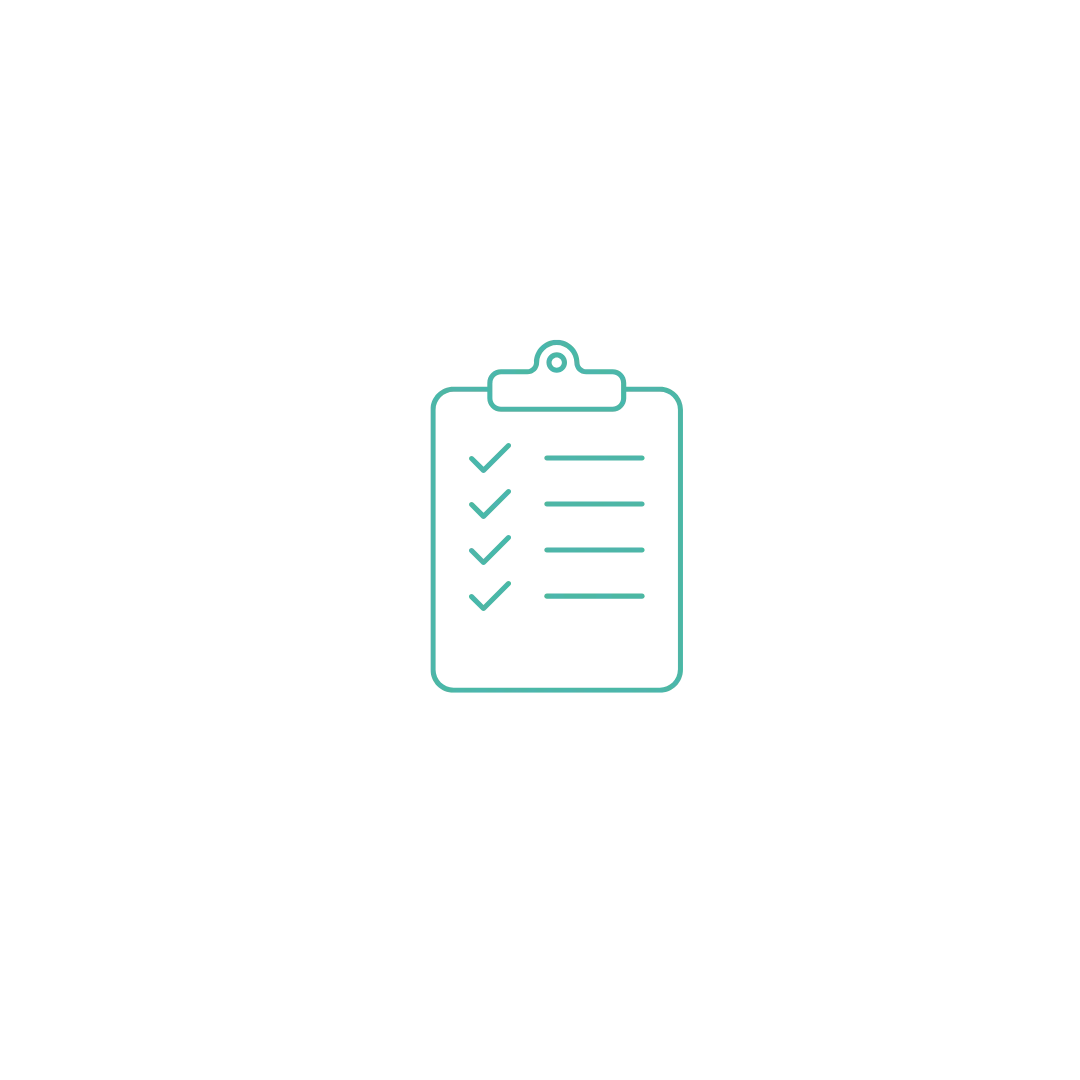Working memory and rapid progress: from phonics to comprehension
If you are involved in education, the summer term is all about results, outcomes, trajectories, data, marking tests. Of course teachers are deeply invested in these results that come around at the most beautiful months of every year. The day to day and the week by week delivery of each subject has to land well for teaching and learning to translate into the all important positive outcomes.
In some ways teaching is like a lot of other crafts. Practices are honed and polished, it’s a stepwise process using tried and tested techniques, and the pedagogy is built layer by layer. And it’s robust because it’s tracked and assessed year after year. The metrics reflect everything from the school context, to teaching and learning to leadership and governance of the school.
So why introduce something new or different into such a sleek and streamlined system?
Well for me, this is the time of year when I write the progress reports for the schools that tried something new and have had face to face delivery of the Rhythm for Reading programme.
Today I want to talk about trends in reading scores. These have emerged over the past 12 years as I have collect reading scores before and after the programme. At first I was perturbed because I could see that children who went through the programme did not make progress in the same way even though they had been doing exactly the same rhythm-based exercises.
Interpreting differences in the children’s progress is something I’m going to discuss in another post, but today I am focusing on the trends that have emerged, as the bigger picture around the role of rhythm in reading development has come into focus.
Baseline and follow-up reading assessments
Before we look at the scores, I’m going to introduce the assessment that I use. It’s the Neale Analysis of Reading Ability (NARA2). This has been hugely popular as an assessment, used by researchers and teachers. I first used it 1999 when I took the Hornsby Diploma which qualified me to teach and assess children with specific learning difficulties. I loved the topic and one fantastic aspect of this course was getting to know this reading assessment.
Straight away I could see how relatable NARA2 was for the children and that it could produce a detailed reading assessment in a relatively short period of time. I also loved that the children read aloud and would be supported while they read. The children may look at the text when they answer the comprehension questions, so a child with a specific learning difficulty is supported in this way. All in all as far as I was concerned this was winning on three fronts - it was child centered, it was robust and it was ethical.
I used the NARA2 in my PhD research a few years later and I have continued to rely on it whenever I evaluate progress in reading following face to face delivery of the Rhythm for Reading programme. There are two parallel forms of NARA2 so I give one form of the assessment before the programme and one at the end. In this way, there is no risk that the children might remember the passages of text when they have their follow up assessment. The NARA2 produces raw scores in accuracy, comprehension and rate of reading, which can be converted into standardized scores and reading age equivalent scores. These show whether the extent of the progress is in line with the child’s chronological age and the typical progress that would be expected of a child of that age. I often assess children with English as an additional language and children who have an education, health and care plan, also known as an EHCP.
Selecting the children
I am often asked who selects the children who take part. Well, they were selected to take part in the programme by their class teachers either because they were not yet reaching their potential in any aspect of reading or because they were not able to sustain focus in their attention.
In this post I go on to relate progress in reading to working memory and executive function, both at the level of processing the smallest sounds of language and also in the development of comprehension skills. If you would like to learn more about what the assessments revealed about progress in reading, you will enjoy the 17 minute video. The data is interesting and as I explain, there are three different trends that have emerged over time. These trends appear to relate to the personalities of the children.
If you would like more information please sign up for a 'Why use music instead of words?' webinar or ask a question on the contact page. Webinar dates: 1st and 8th May at 4.00PM
Enjoy this post? Why not keep reading...





